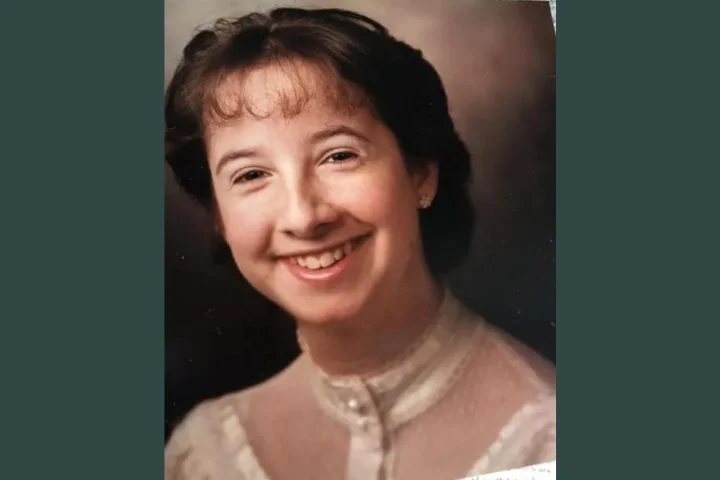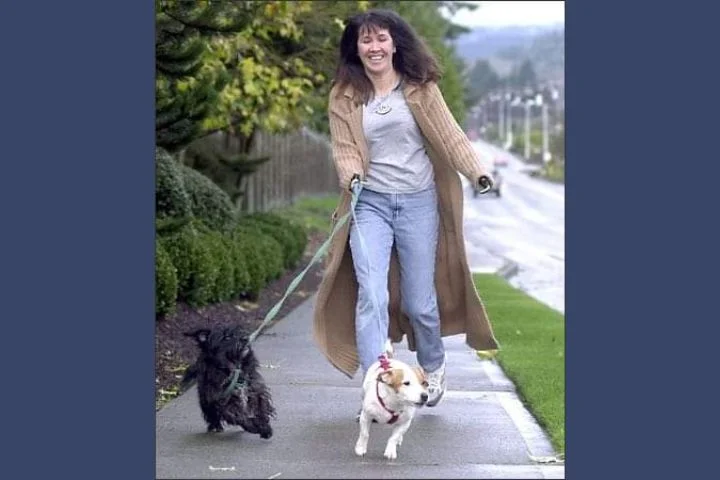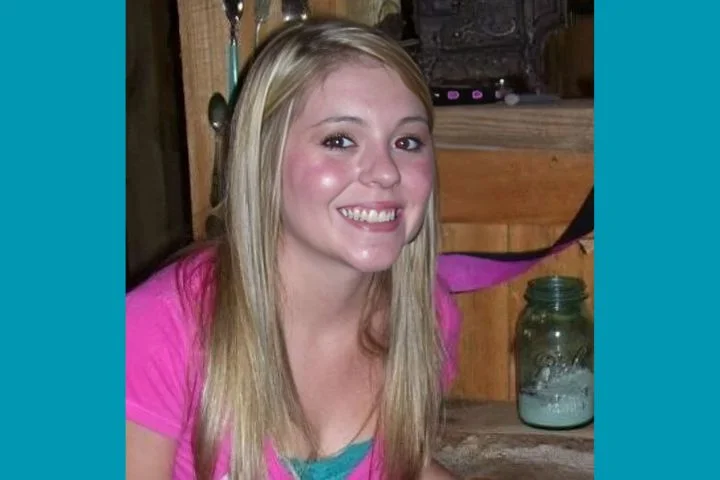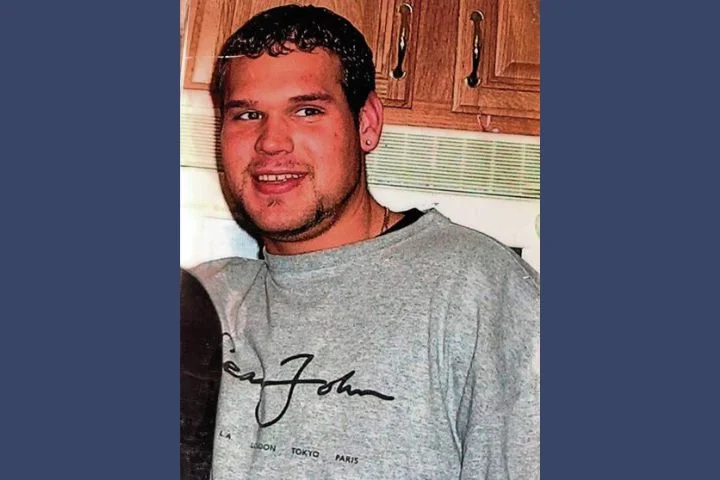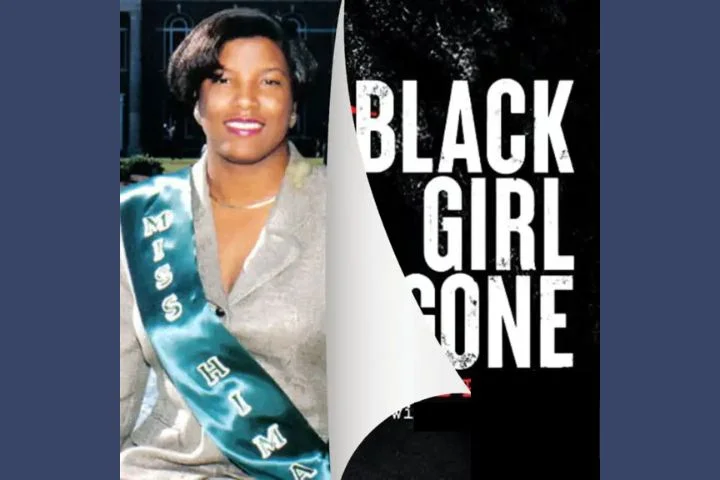Dawn Mozino had a schedule to keep. It was 3:00 pm on May 22, 1989, when she finished her shift as a hostess in the nutrition department at Bryn Mawr Hospital and headed for a nearby bus station. The 23-year-old was only 4 feet 10 inches tall and weighed little more than 100 pounds, and she was often mistaken for a teenager. Diagnosed with a learning disability when she was a child, she had overcome some adversity in her life but was now a successful young adult. Mentally, she was at the level of a 14 or 15-year-old and still lived at home with her mother, but she was making strides towards becoming an independent adult.
Dawn had been competing in the Special Olympics for years — her room at home was filled with various medals she had won — and it was there that she had met the young man she had been dating for the past four years. Dan Kolb also had some developmental disabilities, and he and Dawn were taking things slow, but they had discussed the possibility of getting married and had even attended a couple of marriage counseling sessions at a nearby church.
Dawn didn’t drive, so she was used to taking public transportation everywhere she went. On this particular afternoon, she was supposed to be meeting up with Dan at the Strafford train station so they could attend a Special Olympics practice session at the Berwyn YMCA. Dawn was a punctual person who was always on time for everything, and she had given herself plenty of time to get to the bus station so she wouldn’t risk being late for her meeting with Dan.
She arrived at the bus station with plenty of time to spare, and she was waiting for her bus to arrive when a car pulled over near the bus stop. As the driver waved to her, she recognized him. He was Thomas Hawkins, a 26 –year-old young man she had worked with at one time. He had even given her a ride to work a couple of times when they were co-workers, so she saw him as someone she could trust.
An employee at Bryn Mawr hospital later came forward and said she saw Dawn getting into Thomas’s car and assumed he had offered to drive her to the YMCA. Dawn had no idea that the man she saw as a trusted co-worker was actually a convicted mu*rderer out on parole. If she did, she probably wouldn’t have gotten into the car with him. But she did, and she was never seen again.
Dawn’s mother, Diane, started to get concerned as it got later into the evening and there was no sign of Dawn. Because of her learning disability, Dawn followed a regimented schedule and she never deviated from it. She was also a big communicator. If she went across the street to visit a friend, she would call her mother to let her know she got there okay. She had never stayed out late without calling before.
Diane sat on the porch, expecting that her daughter would come around the corner from the bus stop at any moment. As the hours dragged on and Dawn didn’t appear, Diane decided to check Dawn’s answering machine for messages. Perhaps that would hold a clue about where Dawn was. She and Dawn’s younger sister, Cathy, went into Dawn’s room and found the answering machine blinking, indicating at least one unheard message.
As soon as they began playing the message, their nervous concern immediately turned into frantic panic. Dan had called multiple times, wanting to know where Dawn was and why she hadn’t shown up for practice. At that moment, Diane and Cathy knew that something was dreadfully wrong. They decided to drive to Bryn Mawr Hospital to look for Dawn and rushed out to the car. Dawn was active in the Special Olympics
Guards and other employees at the hospital had seen Dawn at work that day, but no one was sure when she had left or where she had gone. They could find no clues at the hospital to tell them what may have happened, so they called the police and reported Dawn missing.
The Radnor Police were concerned from the start. Dawn was a creature of habit who never varied from her normal daily routine. Although she was quite independent, with a job, a boyfriend, and her own bank account, detectives immediately knew that Dawn was not the kind of person who would voluntarily leave her family. They feared that someone had taken advantage of her trusting nature, and they worried about her safety.
There are many times when police opt not to conduct a thorough investigation when an adult goes missing; absent clear evidence of foul play cops will usually assume the adult simply doesn’t want to be found. But they knew that this was clearly not one of those cases. They began an immediate search for Dawn and anyone who may have seen her.
Police and volunteer firefighters swarmed across three counties, looking for any sign of the missing woman. A helicopter made repeated flyovers of the area. They checked wooded areas, ponds, sewers, and railroad tracks in Montgomery, Delaware, and Chester counties. They found absolutely nothing. In desperation, they asked Dawn’s family to provide them with a list of everyone that Dawn would consider a friend or acquaintance. Her parents came up with a list of 74 names, and detectives began the slow process of interviewing everyone on the list.
Everyone who spoke with detectives had nothing but good things to say about Dawn. Although she was a little naïve at times, and perhaps a bit too trusting, she enjoyed life and was proud of what she had been able to accomplish so far. She had graduated from the Marple VoTech program as well as the Devereux Day School and had gone to work as a dietary aide at Paoli Memorial Hospital shortly after graduation.
She left the job in 1986 when her younger sister was in a bad motorcycle accident and almost lost her leg. Dawn felt that she was needed at home to help take care of her sister, and she didn’t go back to work at Bryn Mawr until her sister had healed.
Cathy and Dawn had a typical sister relationship. They would have screaming fights, with scratching and hair pulling, but they were also best friends and close in a way that only sisters can be. She said that Dawn, who loved children and animals, had never let her learning disability get in the way of doing what she wanted. She loved to read, especially Nancy Drew mysteries, and she even wrote some poetry. She also kept a written diary. It was one more way she was able to plan out her daily routine and stay organized. She rigidly followed the routine she had made for herself, and she never deviated from her set schedule.
Her supervisors and co-workers described Dawn as an ideal employee who was always on time for work and had never missed a single shift. Her friendly demeanor was an asset in the hospital setting, and she would spend time chatting with patients if she felt they were lonely or having a bad day.
It was a hospital employee that finally gave cops their first break in the case. As the employee was leaving work on May 22, they were sitting at a traffic light near Dawn’s bus stop and noticed Dawn speaking to a man. She then got into a car with the man and they drove off. The employee didn’t think much of it at first. Dawn certainly hadn’t seemed frightened and she had willingly gotten into the man’s car. Later, the employee picked Thomas Haskin’s photo out of a lineup and indicated that he was the man that Dawn had driven away with.
Detectives interviewed Thomas, but he steadfastly denied giving Dawn a ride on the day that she had gone missing. He told them that he had given numerous rides to co-workers in the past, and had even picked Dawn up at bus stops on a couple of occasions, but he swore he had nothing to do with her disappearance. Police searched his car, and they did find fibres similar to those of Dawn’s hospital uniform, but there was no way to prove how long the fibres had been present in his car.
They could have been there for months and could have come from any of the other hospital employees he claimed he had driven around. Police were never able to obtain enough information to charge Thomas in Dawn’s disappearance, but it wouldn’t help him remain a free man. Two weeks after Dawn disappeared, Thomas murd*ered his 14-year-old cousin.
Anyone who had been aware of Thomas Haskin’s criminal history would never have been comfortable letting him be in close proximity to any young female. He had confessed to the 1980 mu*rder of a 15-year-old girl. She had been raped, strangled, and stabbed in the neck with a paint scraper before being left to die in a private school dormitory. He served only five years in prison before being paroled in 1986. Now, only three years later, he was the prime suspect in two murd*ers.
He would be convicted for the mur*der of his cousin and given the de*ath penalty for his crime. The Montgomery County District Attorney that prosecuted the case, Bruce Castor, firmly believed that Thomas had killed Dawn but had no evidence to prove it. He told Thomas that he wouldn’t seek the de*ath penalty against him if he would tell them what he had done with Dawn’s body. Thomas refused the deal, continuing to insist that he had nothing to do with Dawn’s disappearance. He is currently on dea*th row awaiting execution.
Police continue to consider Thomas Hawkins the prime suspect in Dawn’s disappearance and they assume that she is no longer alive. The case is still open, however, and Dawn is still classified as a missing person, not a homicide victim. It seems unlikely that anyone besides Thomas is responsible, but there is always a slim chance that Dawn crossed paths with someone else on that May afternoon more than 25 years ago.
When prosecuting Thomas for the mu*rder of his cousin, the District Attorney was able to have evidence of his prior mur*der admitted into evidence because the crimes were so similar. The DA laid out a number of reasons why he believed the crimes were linked, including the fact that both victims were black teenagers and both were Seventh Day Adventists. Obviously, Dawn does not fit into either of those categories.
Also, in both of the other mur*ders he committed, Thomas made no attempt to conceal the body. These facts do provide some support for the idea that someone else may have been responsible for Dawn’s disappearance.
For Dawn’s family, the nightmare will never be over. Two years after she went missing, her mother moved to a different house in the same neighborhood. She was haunted by the memory of her daughter in the house that they had once shared. Although they have come to terms with the fact that Dawn is most likely de*ad, they pray that they will one day be given some closure and will be able to give Dawn a proper burial. Police believe it is very likely someone out there has the information needed to recover Dawn and allow her family to finally bring her home, and her case remains open.
Dawn Marie Mozino was 23 years old when she disappeared from Bryn Mawr, Pennsylvania. She is a white female with brown hair and eyes, and she was 4’10” tall and around 110 pounds. Both of her ears were pierced at the time she went missing. Dawn has a learning disability and may seem younger than she is. When she was last seen, she was wearing her work uniform consisting of a gray skirt, white shirt, maroon vest, and black bow tie. If you have any information about Dawn, please contact the Radnor Police Department at 610–668–0500.
